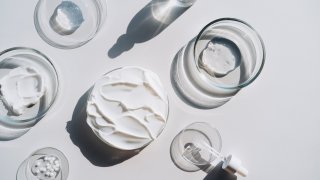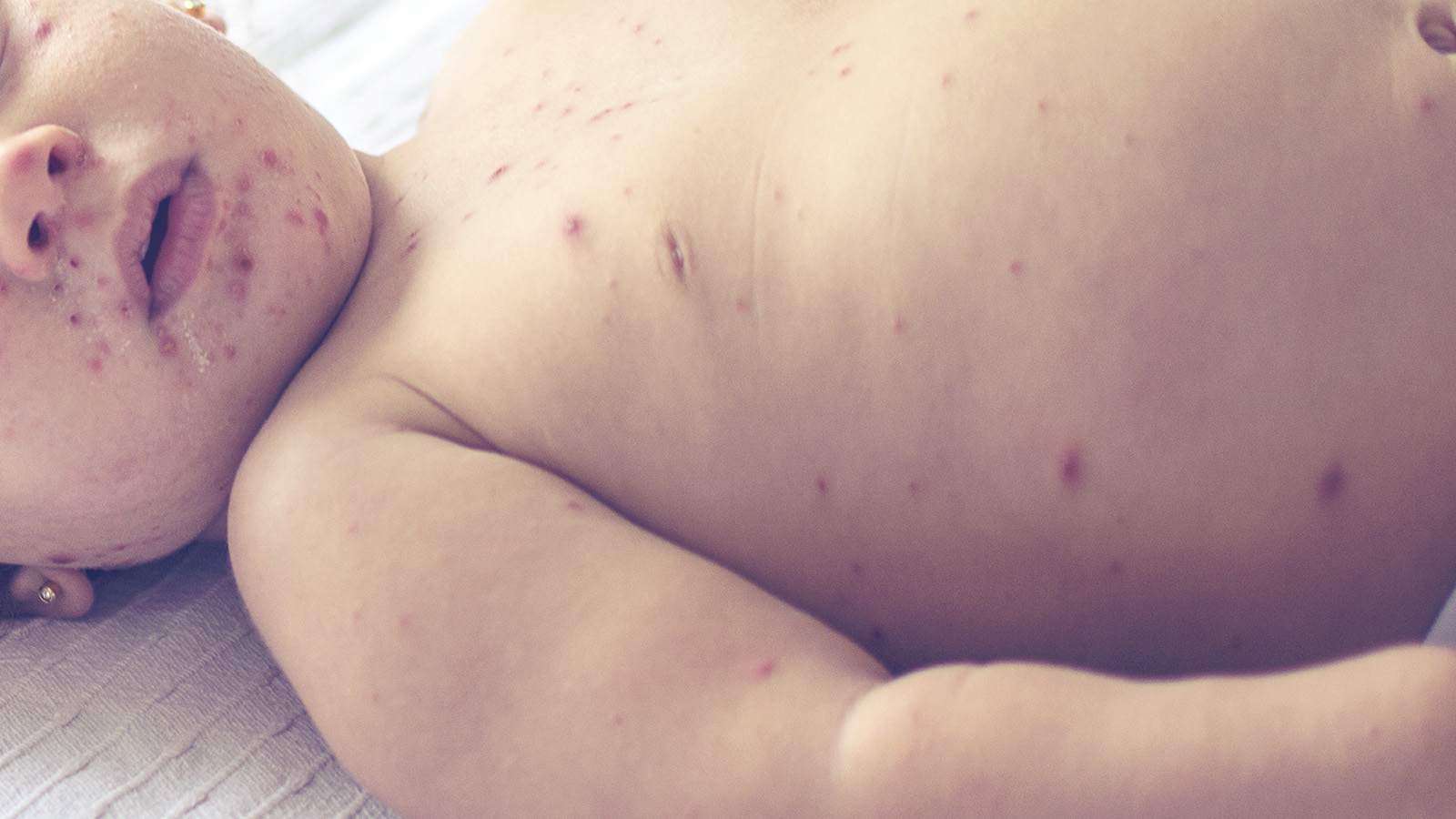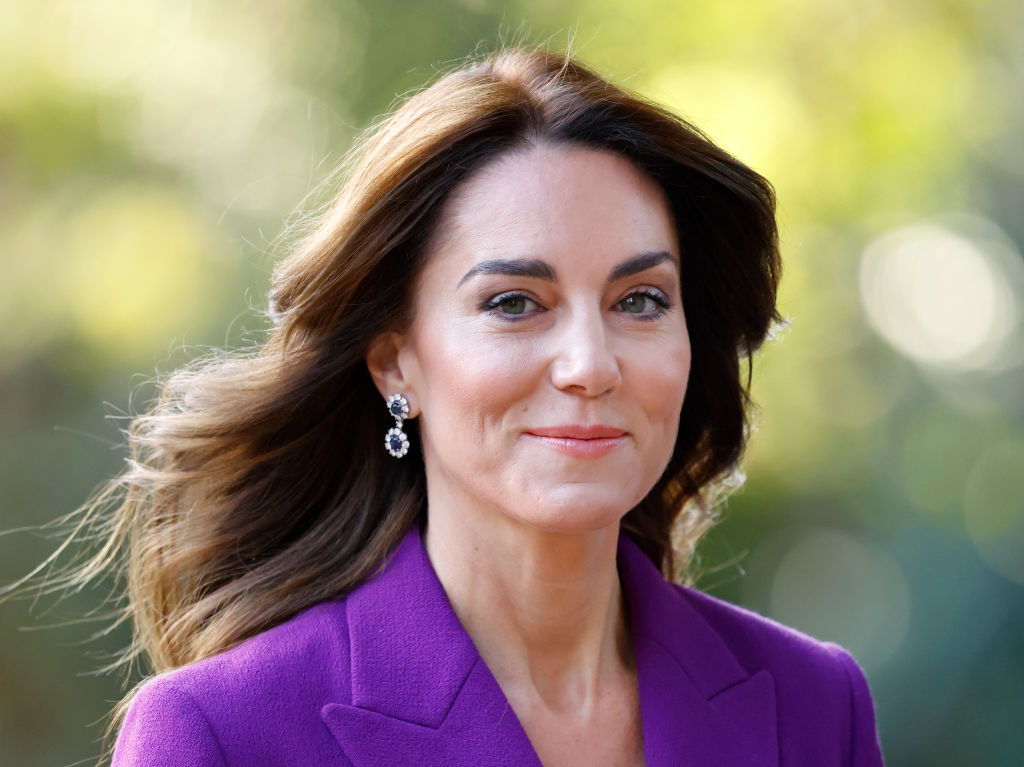
A few days after she began her new skin care regimen — toner, moisturizer, serum and facial mist — the skin around 13-year-old Leora’s lips became red and dry.
A couple days later, the rash turned yellow and crusty.
“I was touching it because it was really itchy, and then I think it got infected,” said Leora, whose family requested her last name not be published for privacy reasons, given that she is a minor.
A dermatologist prescribed Leora a medication to alleviate irritation and advised her to stop her skin care routine and apply petroleum jelly until the rash cleared.
We're making it easier for you to find stories that matter with our new newsletter — The 4Front. Sign up here and get news that is important for you to your inbox.
Then came a discussion that dermatologists say is increasingly common: “We got into a whole conversation about this new fad of preteens interested in using a lot of anti-aging products and things that they are learning about on social media,” said Dr. Alexis Young, Leora’s dermatologist at Hackensack University Medical Center in New Jersey.
“In general for the preteen population, they’re layering product upon product and not really being told how to use them,” Young said.
Young and six other dermatologists told NBC News that in recent months, tweens and young teenagers have been showing up at their offices in droves with red, dry, bumpy and itchy rashes after using skin care products they don’t need. Some dermatologists said it happens monthly or weekly; others said they see such patients multiple times per day.
Kids ages 7 to 13 are clearing the shelves at makeup stores, spending hundreds on anti-aging creams, moisturizers and acne serums from trendy and colorful brands like Drunk Elephant — which sells one Protini Polypeptide Cream every 40 seconds, according the brand’s website — and Glow Recipe, which surpassed $100 million in revenue in 2021, just seven years after its founding, CNBC reported.
The trend has been driven, in part, by social media, where young creators’ videos about their multistep skin care routines sometimes garner millions of views. (Some adults, meanwhile, have taken to social media to vent about makeup stores becoming overrun with children.)
Drunk Elephant and Glow Recipe products aren’t inherently harmful when used as instructed for their intended purpose, and the companies make products that tweens can tolerate. But some contain ingredients that can irritate young skin, dermatologists said.
“It’s a lot for parents, certainly kids, to wade through,” said Dr. Brooke Jeffy, a board-certified dermatologist in Arizona. “They just maybe don’t have the knowledge to know what’s safe, and so it’s difficult.”
Many Drunk Elephant and Glow Recipe products come in bright pink, orange or teal packaging that can attract young customers; a promotional video from Drunk Elephant even depicts a line of travel-size products as animated cartoon characters.
Like many beauty products, the brands’ product labels don’t usually specify an intended age range. Instead, they list the expected effects. Drunk Elephant’s T.L.C. Framboos Glycolic Night Serum, for example, says it “resurfaces dull, congested skin, dramatically improving the appearance of skin’s tone and texture, fine lines, wrinkles, and pores.” Glow Recipe’s Strawberry Smooth BHA + AHA Salicylic Serum, meanwhile, says it can “gently smooth texture, clear breakouts, and refine pores, while calming skin.”
Each of those two products contains exfoliating acids, which the dermatologists interviewed said are among the most problematic ingredients for young people, along with retinoids. Both types of ingredients are intended to address issues like hyperpigmentation, wrinkles or acne, according to Dr. Jayden Galamgam, a dermatologist at UCLA Health. But for young skin without any problems, they may be too harsh, he said.
“We have a handful of patients that get these recurrent rashes around their eyelids and around the mouth,” Galamgam said, adding: “It’s miserable for them. It’s so itchy. It sometimes keeps them up at night. It gets bloody because they keep scratching it, and they’re so embarrassed because it’s on their face and it’s what their friends see.”
In a statement, a Drunk Elephant spokesperson said “anyone with skin can use Drunk Elephant,” but that “different products are appropriate for different ages.”
“We always recommend that parents/guardians provide guidance to their children, particularly before starting a new routine,” the statement said. “In general, we do not recommend products that contain high concentration of active ingredients for our younger fans.”
Glow Recipe did not respond to multiple requests for comment.
Young said Leora’s rash was likely caused by a combination of irritating ingredients and the overexfoliating of her skin. Leora said she got interested in skin care through YouTube and her friends.
Her peers want the trendy products from Drunk Elephant and Glow Recipe, she said, in order to feel “preppy” and flaunt their social status.
“It shows off that you have a lot of money if you buy these expensive stuff,” Leora said. “There’s always trends going around, and that’s just how it is, and people are jealous of other people. But now I guess it’s skin care.”
NBC asked YouTube for comment about situations like Leora’s, in which teenagers get inspired to buy products that may be unhealthy for their skin via videos on its platform. In a statement, YouTube referred NBC News to the company’s policies for content pertaining to harmful substances and medical misinformation.
Videos about Drunk Elephant and Glow Recipe products also proliferate on TikTok, which has a user base that skews young. The company did not answer questions regarding minors exposed to such content.
Which ingredients can be harmful for kids?
Retinoids, a group of chemical compounds derived from vitamin A, commonly cause issues for tweens and young teens who don’t need them, dermatologists said.
The category includes retinol, which is often found in over-the-counter products and is used to reduce signs of aging. It promotes collagen production and increases the rate that new skin cells replace dead ones. Retinoids can also treat acne.
Tween skin, however, naturally produces plenty of collagen, Jeffy said. Young skin cells turn over approximately every 20 days, she added, while adult skin can take more than twice as long. So retinol is generally unnecessary for teen skin that isn’t acne-prone, and it can irritate and damage the skin barrier, which acts as a first layer of defense. It can also lead to a red or brown, dry and itchy rash called retinoid dermatitis, Jeffy said.
She described a tween patient who developed a rash around her eyes after applying a Drunk Elephant retinol cream: “The sad thing is, she didn’t need a retinol. It’s doing nothing for her, and it’s giving her this rash. It may take a few months for that to totally fade.”
When asked about the anecdote, Drunk Elephant referred NBC News to its statement and to the "Younger Fans" section of the FAQ page on its website.
Exfoliating hydroxy acids, meanwhile, cause the surface layer of skin to peel to promote new cell growth, according to the Food and Drug Administration. But since young skin renews quickly, these acids may damage the skin barrier, causing irritation, sun sensitivity, burning and rashes.
Dr. Claire Wolinsky, a dermatologist at Spring Street Dermatology in New York City, said her 11-year-old niece’s skin became red and sensitive after using a Watermelon Glow toner from Glow Recipe that contained beta-hydroxy and polyhydroxy acids.
“Using a chemical exfoliant, multiple of them in your regimen, it’s just going to lead to irritation,” Wolinsky said. “For a kid with perfect skin, it feels like a bad choice.”
How can parents protect kids’ skin?
Dr. Carol Chen, a pediatric dermatologist and associate professor at UCLA, said she recommends that children without skin issues keep it simple: a gentle cleanser, moisturizer and sunscreen.
“If there’s nothing to fix, I wouldn’t fix it,” she said.
If a child insists on additional products, parents should avoid retinol and exfoliating hydroxy acids. Both ingredients can appear on labels with a variety of names — including retinyl acetate or all-trans retinoic acid for the former, and glycolic, lactic or citric acid for the latter.
If there’s any doubt about a product, Chen said, consult a pediatrician or dermatologist.
Her advice to young people: “Don’t try to go out and try to find something wrong with your skin.”
This story first appeared on NBCNews.com. More from NBC News:



